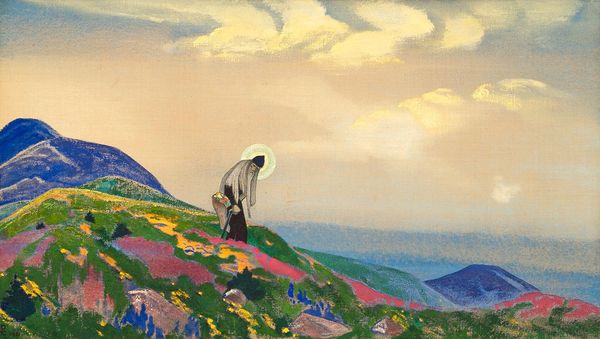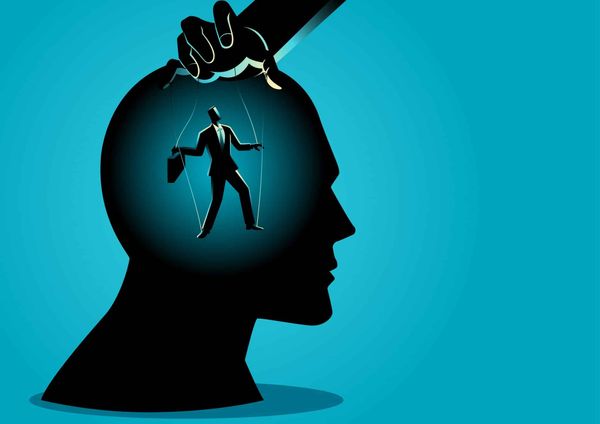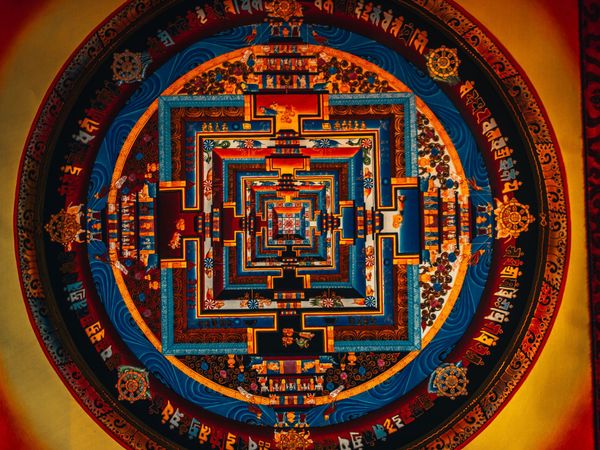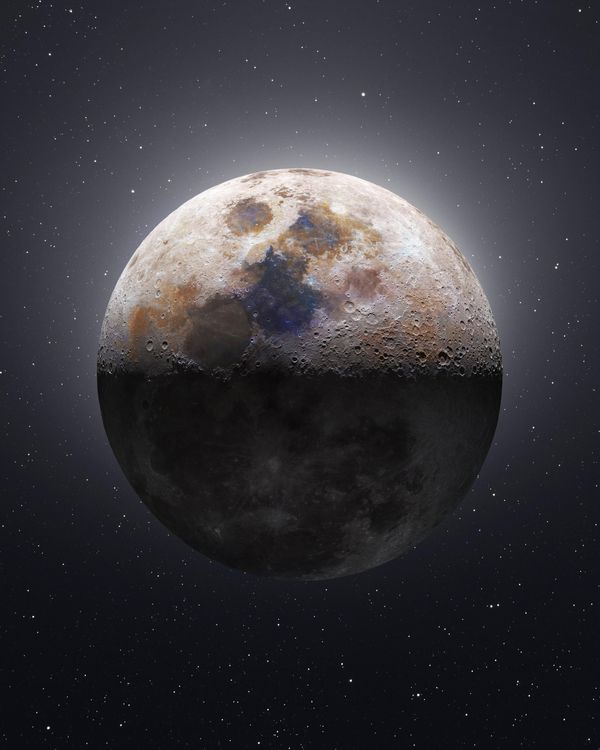Félix de Rosen • • 4 min read
Ayahuasca — The Fashionable Path of Awakening?

“Truth is a pathless land, and you cannot approach it by any path whatsoever, by any religion, by any sect.” These words were spoken by Krishnamurti in 1929 as he dissolved the global spiritual organization that had formed in order to promote him as the new Messiah. As I witness the growing popularity ayahuasca, I hope we do not turn this medicine into a Messiah that has to come to save us. Although I see ayahuasca as a powerful tool of individual and planetary awakening, I am also seeing it evolve into a spiritually-sophisticated brand that we wear and glorify. As any trend becomes more popular, authentic original impulses are replaced by unconscious conformity: we follow trends as unquestioning groups, rather than as conscious free-willing individuals.
The New Yorker recently published an article on ayahuasca, calling it the “drug of choice for the age of kale”. The author narrated her only ayahuasca experience, in a Brooklyn yoga studio, next to a “thumping dance club”. The article makes no mention of the rich cultural diversity of ayahuasca traditions or the countless stories of ayahuasca-assisted personal transformation. However, I thought her association of ayahuasca with kale was spot-on. Ayahuasca may be answering the call for a global paradigm shift, yet it also fulfills an obsessive craving for wellness, detox, and healing. Plant medicines can be powerful catalysts for healing, when approached with individual and social self-awareness, and these two forms of awareness – of ourselves and of our society – are difficult to cultivate when we do what the cool kids are doing. What we can do is learn to discriminate between self-expression and imitation, and between the authentic desires of our hearts and the chatter of our minds. Are we acting from our core or simply being blown around by the cultural zeitgeist?
When to take ayahuasca?
These distinctions are absolutely necessary. Powerful tools can be misused and have damaging effects. My original inspiration for writing this article was a botched iboga ceremony that left me so traumatized that I was forced to accept that 1) there were some highly irresponsible and reckless shamans/healers out there and 2) there were highly irresponsible and reckless individuals like myself naively attending ceremonies without proper awareness. I’ll save the details for a future article, but I will share that I experienced an abyss so unbearably painful that my only wish was for it to end, without caring what came after this end. I understood the torment of suicide. These realms of consciousness are real. I share them here not out of masochism, but to emphasize the importance of preparation, discrimination, and intuition.
We can sharpen our skills by coming back to the basics: set and setting. Set – why am I here? And how do I really feel in my heart of hearts? Setting – do I feel safe? Do I trust this environment and the people around me? It is crucial to critically evaluate the shaman by their “fruits”: what type of life has this person created for themselves? How do they relate to their family and partner? How do they relate to their assistants and workers? Have the workers been there a long time? Are they happy to work there? These questions reveal a lot about what kind of person the shaman is, and therefore what kind of shaman they are.
We also need to de-romanticize our understanding of shamanic traditions. We crave for more natural, organic lives, for health, and for wisdom, so it is not a surprise that we fantasize about Amazonian tribes and their psychedelic brews. But our colorful projections have consequences and can reinforce racist, neocolonial dynamics. Not all medicines are appropriate at a given time or compatible with a given person. Indigenous peoples are born into tribes, whereas Westerners self-select into their tribes. Not all shamans heal; some throw curses; others do both. And I have yet to meet a shaman who calls themselves a shaman. Shaman is a word from Siberia popularized by Western anthropologists to categorize a wide variety of seemingly related spiritual practices.
Our interaction with indigenous medicines is not a one way street – with us simply “gaining wisdom” from them. As any quantum physicist or modern anthropologist will tell you, observation entails participation. It’s a two way street: the massive influx of ayahuasca tourists to the Amazon impacts local economies, culture, and healing traditions. In addition to our own healing, we need to remember that indigenous communities have their own healing to do. Are we operating as co-creators or are we imposing ourselves on them? Am I giving as much as I am taking? And where is all this ayahuasca coming from? This is not a question of shame, but of awareness.
The reality of indigenous peoples is not a Jungle Book fairy tale. Their cultures are steadily declining in the face of consumerism, missionary activity, and the rape of nature by oil pipelines and industrial super-farms. Ayahuasca tourism is a booming industry in much of the northwest Amazon and its reality is more nuanced than we like to think. Explore the backstreets of Iquitos, Peru and see for yourself the shadow side of the Western appetite for healing.
Please don’t mistake my words for pessimism. The intention that infuse these words is for renewed awareness and courage. Charles Eisenstein writes that “no optimism can be authentic that has not visited the depths of despair…no despair is authentic that has not fully let in the joy.” The world is not ending. It is only changing, as all things change. Stop, breathe, be gentle. May all beings be happy and peaceful.









